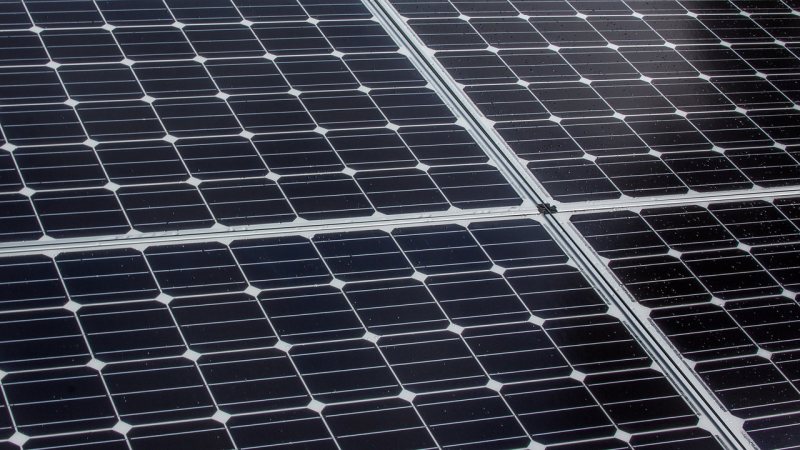
Image: MrRick
The Hawkesbury Solar Program will extend Council’s solar capacity, with systems to be installed on 13 more of its buildings.
The rollout will see 600kW of capacity added. Among the sites to have solar panels installed will be wastewater treatment facilities at South Windsor and McGraths Hill, Hawkesbury Leisure & Learning Centre and the Council Administration Precinct.
Tenders closed this week for the 13 systems, all of which will be installed by the middle of next year. The successful parties will also provide maintenance of the systems for up to a five year period.
The sites have been selected based on rooftop availability and energy use patterns that match sunlight hours in order to provide the best bang for buck. Council says money saved through the installations will enable it to invest more in improved infrastructure and services for the community.
The Hawkesbury Solar Program is a continuation of the Light Years Ahead initiative, which is coordinated and managed through Western Sydney Regional Organisation of Councils Ltd (WSROC) on behalf of nine participating councils.
“Local councils have an increasing role in leading the way on climate change,” says Mayor of Hawkesbury, Councillor Barry Calvert. “I encourage all of our community members to get on board with solar energy and make the most of the reduced energy costs to be had by installing solar panels.”
Clean Energy Regulator data indicates there are more than 7,000 solar power systems of less than 100kW capacity within the Council’s boundaries, with a collective capacity exceeding 34.5MW.
Hawkesbury City Council is the largest local government area in metropolitan NSW, covering an area of 2,793 square kilometres and home to an estimated population of 65,114.
The council joined the Climate Council’s Cities Power Partnership last year, a collective of what is now more than 100 councils across the country representing 11 million Australians that have pledged to take 5 actions relating to climate change.
Council’s recognition of the threats posed by climate change occurred well before this – it decided to participate in the Cities for Climate Protection (CCP) Program in April 2000.
Among Council’s other efforts in reducing mains grid electricity usage and emissions was the replacement of 650 mercury vapour street lights with LED lighting, a move that will save more than $740,000 and avoid more than 3,260 tonnes of carbon dioxide emissions over the next 20 years.

 RSS - Posts
RSS - Posts



Speak Your Mind